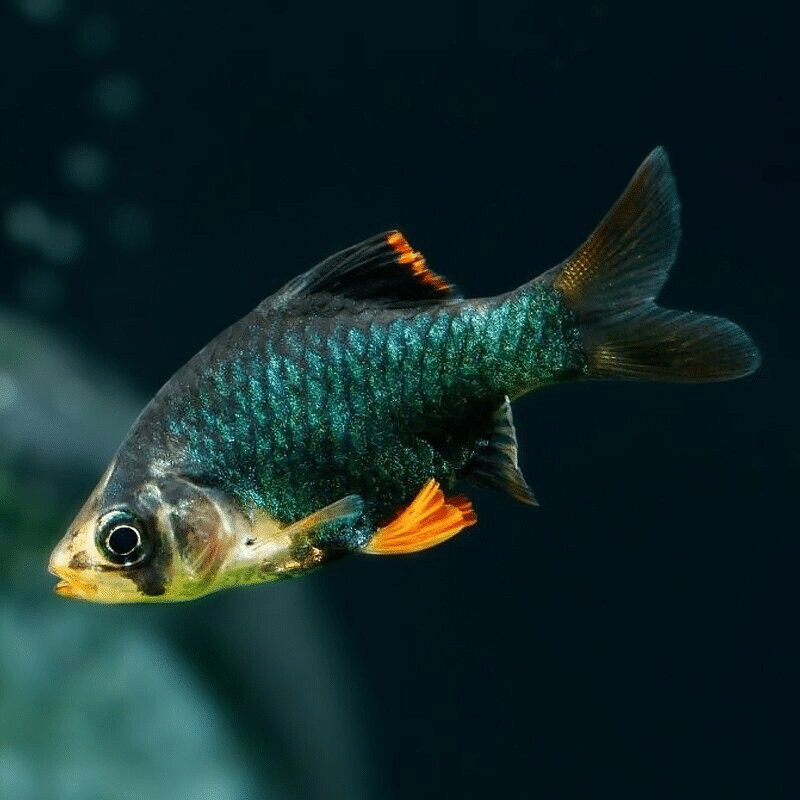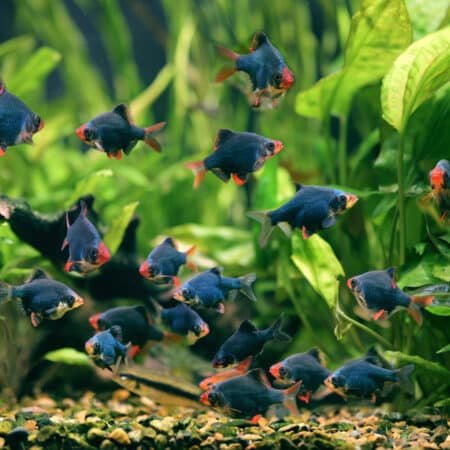To provide the best experiences, we use technologies like cookies to store and/or access device information. Consenting to these technologies will allow us to process data such as browsing behaviour or unique IDs on this site. Not consenting or withdrawing consent, may adversely affect certain features and functions.
The technical storage or access is strictly necessary for the legitimate purpose of enabling the use of a specific service explicitly requested by the subscriber or user, or for the sole purpose of carrying out the transmission of a communication over an electronic communications network.
The technical storage or access is necessary for the legitimate purpose of storing preferences that are not requested by the subscriber or user.
The technical storage or access that is used exclusively for statistical purposes.
The technical storage or access that is used exclusively for anonymous statistical purposes. Without a subpoena, voluntary compliance on the part of your Internet Service Provider, or additional records from a third party, information stored or retrieved for this purpose alone cannot usually be used to identify you.
The technical storage or access is required to create user profiles to send advertising, or to track the user on a website or across several websites for similar marketing purposes.
 Assorted Colour Vampire Crab Geosesarma Sp 2-3Cm
2 × £8.71
Assorted Colour Vampire Crab Geosesarma Sp 2-3Cm
2 × £8.71 


















Emily Davis (verified owner) –
I recently purchased 5 Green Tiger Barbs, and I couldn’t be happier with my choice! These little guys are not only visually stunning with their vibrant green and black stripes, but they also bring a lively energy to my aquarium. After about two weeks of being added to my community tank, their playful antics have captivated both me and my visitors. They dart around energetically, and I love how they interact with each other, displaying their natural schooling behavior.
I’ve kept various tropical fish before, but the Green Tiger Barbs outshine many of the others in terms of personality. They are quite resilient, thriving in a range of water conditions, which is a relief for someone like me who’s still perfecting my setup. My only minor concern was their initial shyness; they took a day or two to adjust but quickly acclimated and now thrive.
I would recommend these barbs especially for beginner aquarists or community tank enthusiasts looking to add some fun and movement to their setup. Their vibrant colors and active nature make them an ideal choice for freshwater fish lovers. Overall, a fantastic addition to my tank, and I would absolutely buy them again!
Emily Carter (verified owner) –
I recently added 5 Green Tiger Barbs to my 55-gallon freshwater tank, and I couldn’t be happier! These stunning tropical fish have transformed my aquarium with their vibrant colors and energetic nature. I love how they school together, darting around the tank, which adds a lively dynamic that was missing before. After about two weeks, they’ve settled in nicely, and it’s been a joy to watch them interact with each other and explore every nook and cranny.
Compared to other schooling fish I’ve kept, these barbs have proven to be hardier and more engaging, making them perfect companions for my tank. They do appreciate a well-planted environment, so I’ve added some live plants to enhance their habitat, and they seem to thrive in that setup.
One minor concern is their occasional nipping at my other smaller fish, so I recommend keeping them with species that can handle a bit of playful aggression. Overall, if you’re looking for a vibrant, active schooling fish to elevate your aquarium aesthetics, I highly recommend the Green Tiger Barbs. They’ve definitely brought joy to my aquatic world!